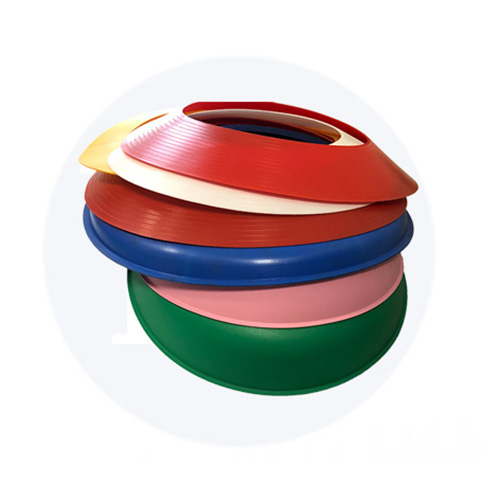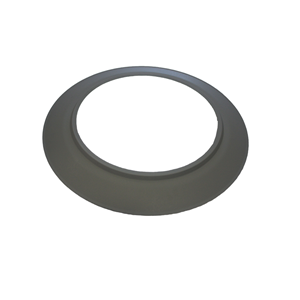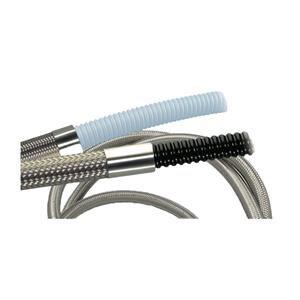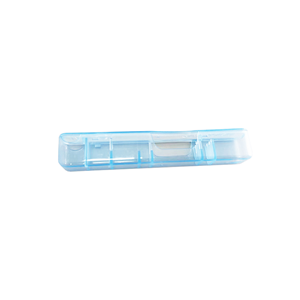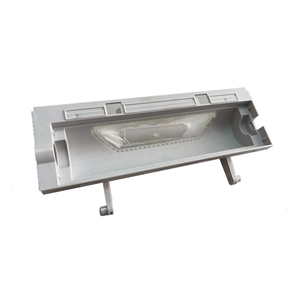Beam Bundle Release Liner Technology Innovation: Redefining Tire Safety and Durability Standards
In the field of tire manufacturing, the stability of the tire bead, as the core component connecting the tire and the wheel hub, directly determines driving safety and tire service life. As a key supporting component of the tire bead structure, the tire pad is bringing performance breakthroughs to the tire industry through dual innovations in materials and processes.
Traditional tire plates often use a single rubber material, which is prone to aging and cracking under high temperature and pressure conditions, leading to a decrease in tire airtightness and an increased risk of tire blowouts. According to data from a tire technology laboratory, tires with traditional partitions experience an air tightness decay rate of 18% when the temperature at the bead area rises to 120 ℃ after continuous high-speed driving for 3 hours. The new generation Tire Plate, through the innovative combination of polymer composite materials and nano reinforcement technology, has improved its high temperature resistance to 180 ℃ and tear strength by 40%. In the 100000 kilometer durability test, the airtightness attenuation rate was controlled within 5%.
In addition to material upgrades, the structural design of Plastic tray has also achieved significant breakthroughs. A new type of partition using three-dimensional weaving technology forms a honeycomb shaped cushioning structure on the contact surface between the tire bead and the wheel hub, which can absorb 80% of road impact energy. It not only reduces tire noise during driving (measured noise value decreased by 6 decibels), but also reduces stress concentration in the tire bead area, improving the tire's impact resistance by 35%. In the low-temperature test of minus 30 ℃, traditional partitions are prone to brittle fracture, while the new partition can still maintain good flexibility, ensuring winter driving safety.
With the continuous improvement of the requirements for range and quietness of new energy vehicles, the technological innovation of the Bead Cap is still advancing. In the future, the integration of intelligent sensing chips into "smart partitions" may become a trend, monitoring real-time data such as tire bead temperature and pressure to provide more comprehensive protection for driving safety in the era of autonomous driving.

